Dad and I visited the Titan Missile
Museum, which is south of
Tuscon, when he was here visiting about two years ago. This is the only site that remains – the rest
have been filled in and/or destroyed. It
was an amazing experience and I highly recommend it for anyone interested in
these kinds of things. Here, one can see
a Titan II missile, the largest ballistic missile developed by the United States,
still housed in the silo where it’s been since the Cold War. The Titan II missile can carry a warhead of
over nine megatons or the equivalent of over nine million tons of TNT and can
deliver it anywhere within 5,500 miles in less than half an hour. Although “the Titan II and the other missiles
that sat waiting in their silos represented humanity’s ability to destroy
itself,” it also served a number of other purposes. It launched the Gemini Program’s astronauts
into orbit, sent the Viking probe to
Mars, and launched the Voyager into the outer solar system. When they were no longer used as weapons
systems, reused Titans became the basis for rockets that have launched dozens
of satellites into orbit. But perhaps
the most important function of the Titan II missile was, given its existence as
a weapon, to help prevent a war between the United
States and the Soviet Union.
Below are a few pictures I took while on the tour. I didn’t
take a lot of pictures when I was on the tour which is odd because I’m usually
all about the pictures. I think I was
just so fascinated by everything that I didn’t think of it.
Off in the distance is the silo closure door.
The above reads:
"In September 1981, the Reagan administration decided to deactivate the Titan II ICBMs. Over the next few years the missiles were removed from the silos and placed in storage for use in launching satellites. In order to assure the Soviet Union that the silos were being deactivated according to the SALT treaty each silo was first stripped of useful equipment and then the top 25 feet of the silo was blown apart using 2,800 pounds of explosives. After being left exposed for several months so that Soviet satellites could verify the destruction the remains were filled in and covered to look as much like the surrounding area as possible. Only one silo escaped destruction to become the Titan Missile Museum."
The above reads:
"Over the history of the Titan II missile there were five fatal accidents at operational missile silos. While it did not result in the most deaths, the accident that took place September 18-19, 1980 was the most spectacular. In the late afternoon of the 18th a maintenance man working in the silo accidentally dropped a nearly nine pound socket which bounced down the silo eventually hitting the missile and creating a leak from the Stage I fuel tank. Over the next few hours the silo was evacuated while crews worked to vent the fuel vapors. At 3 AM on the 19th, just after two RFHCO suited crewmen had returned to the surface from taking readings in the silo, a massive explosion ripped through the silo. The force of the blast blew the 760 ton silo closure door several hundred feet into the air, it eventually came to rest over 700 feet away. The second stage of the missile was blown out of the silo where its ruptured fuel tanks exploded. Fortunately, the reentry vehicle and the nuclear warhead were thrown clear by this explosion. The warhead was found several hundred feet from the silo, damaged but intact. One of the two crewmen directly above the silo at the time of the explosion, Senior Airman David L. Livingston was killed, but the other received relatively minor injuries despite having been thrown 150 feet."
The 390th Strategic Missile Wing's Road Runner Mascot
The above reads:
"The filing cabinet in which the launch keys and codes were kept. The Crew Commander and Deputy each had a combination to one of the two locks on the safe. When a launch order was received they would open the safe and verify the codes before beginning the launch procedures that would fire the missile."
The Viewing Platform
The Titan II's engines
A view of the Titan II from the Viewing Platform
The Control Center
The Control Center
A view of the Titan II inside the silo.
Another view of the missile inside the silo.
The silo closure door
Before seeing the missile, we viewed a short film tiled
“Titan II – Peace Through Deterrence” which was basically about what we would
be seeing on the tour as well as providing some information about nuclear war
and the concept of “Peace Through Deterrence.”
(You can view the film in its entirety in Part 1 of the video series which I have linked below.) The
U.S. Nuclear Missile Program was designed not so much to fight a nuclear war,
but to prevent one from starting in the first place. This concept is called “Peace Through
Deterrence” and mutual assured destruction (MAD) was the driving force behind
it.
There were originally fifty-four Titan missiles in the United States and they were in Arkansas,
Kansas, and Arizona – eighteen in each state. In the room in which we viewed the film was a
map of all the Titan sites around Tuscon.
According to the guide, most people didn’t even know they were
here. It’s just mind-boggling to think
that there were once eighteen missiles right here in Arizona
ready to bomb the Soviet Union at a moment’s
notice.
After we viewed the film, we went outside and learned a
little bit about the propellants involved.
We then saw the engines of the missile and learned a little bit about
how they operate. From there, we went
over to the viewing platform where one can see the missile from above as it
sits in the silo. The silo is 26 ½ feet
in diameter and 146 feet deep (the equivalent of a 15-story building). It’s astounding
to me that this is all buried in the Earth.
Seeing the Titan Missile II from above the way we did was an experience
I’ll never forget. You can see some good
footage of it in Part 2 of the video series linked
below.
We then saw the blast door.
A sign on it reads:
“760 Tons of Concrete and Steel - Normally Fully Closed -
Hydraulically Operated - Opens Automatically During Launch, Countdown, or By
Control Panel During Standby – Note:
Door Is Now Permanently Blocked Half Open”
We then made our way over to the crew entrance (entrance
portal) where the guide told us a little bit about how the day began for the
crew. Their tour of duty would be
twenty-four hours. We then took the same
route the crew would have taken down the steps.
The guide told us a little bit about “soft” and “hard” with respect to
the quality of construction. The area we
had just come down would be considered “soft” and would likely be reduced to
rubble in the event of a nuclear explosion.
The area that we were about to enter was another matter. It was considered “hard” with respect to the
quality of construction. We were shown a
wall that was about four feet thick which was interspersed with reinforcing bar. The guide tells us a little bit about how
this area was constructed to avoid any weak spots. You can hear this explanation in Part 4 of the video series linked below.
He then goes on to tell us about how the crew opened/operated the
blast doors.
We then made our way to the control room where
we got an explanation of what “shock isolation” is among many other things. It was very interesting and I highly
recommend that you watch Part 4 of the video series linked below as there is too much to
list here. One thing that I wanted to
mention though is the series of events that must take place to launch the
missile. The guide took us through a
simulated launch. The President of the United States is the only person who can
authorize the launch and the only time the United States would launch one of
the missiles is in retaliation for being attacked. So the President makes the decision to launch
one of the missiles. Within minutes,
four speakers go off. The first is
linked to the 15th Air Force Base, Riverside
California and the second is linked to the Offutt Air Force Base in Nebraska. The stronger of the two is picked and a
15-digit structured message is copied down in the code book. When both crew members have heard the code
and copied it down, they exchange code books and listen to it again. If both are convinced that they have heard it
the same, it becomes authorization to take the duel locks off the safe. The safe is opened revealing ten to twelve
authenticator cards and at this point the crew is asking themselves “Did the
President really instruct us to launch this missile?” Each authenticator card has two digits. The message received before tells the crew
which authenticator card to take. The
card is cracked open; the five digits on the inside must match what came in on
the original message. If this is the
case, the President has authorized the launch.
In addition to the authenticator cards, in the safe there are two
keys. One key is for the Commander and
one key is for the Deputy Commander. The
two places in which the keys are placed are far enough apart that one person would
not be able to turn both keys at once, which is what is needed for the launch. In addition, they are spring-loaded to the
off position. The two keys must be
turned within two seconds of each other and must be held for five seconds to
initiate the launch. Fascinating! Seriously, if you’re at all interested in
this (and if you’re still reading you must be!) please watch Part 4 in the series linked below to see the guide explaining this. In
addition, the guy filming the video series has a close-up of the key and the control panel as
the key is turned. From the time the key
is turned until the missile is out of the silo is about 58 seconds and in 30 –
35 seconds the missile will hit its target.
Next we were off to the silo to see the missile itself. We walked down a “hallway” of sorts to get to
it. It was so much bigger than I thought
it would be when Dad first suggested going to see it. Neil Armstrong took his first flight up into
space on top of a Titan II missile.
The last Titan II was launched in October of 2003.
A person by the name of Tim Buktu from New York taped the entire tour when he
visited the museum. I believe he posted
the videos approximately two months ago but it looks like he was there only a
few months before I was a couple of years ago according to the date on an “I
Turned the Key” card he had. If you want
a comprehensive look at the tour, I recommend watching the videos he’s posted
on YouTube. Below, I’ve posted links to
the videos as well as a short summary of what is on each video. I’m so grateful that he posted these videos
because I saw all of this and now have a nice record of my trip there. The guy filming asked a lot of good questions
and was making comments as well so you’ll learn a lot watching the videos.
The first video in the series is approximately twenty-two
minutes long. There are a number of informative
cards in the entry of the museum and he reads a couple of them before being
called for the 3:30 tour. He relayed
information on the Cold War, the Titan II missile, the origins of space flight
rockets, and a timeline of the Cold War. He records the map of the eighteen missile sights around
Tuscon as well as the film “Titan II – Peace through Deterrence” in its
entirety. I really recommend watching it
as you can see one of the missiles being launched at the beginning of it as
well as hear an explanation of the idea of “Peace Through Deterrence.”
The second video is approximately thirteen minutes long and
begins when we first stepped outside after viewing the film. It was apparently windy that day so it’s a
bit tough to hear in some places but it’s still worth a look for the
information on the propellants. You’ll
also be able to see the engines of the missile and hear what the guide had to
say about how they operate, as well as the viewing platform. Finally, he gets some really good shots of
the Titan II from above as it sits in the silo.
Titan Missile Museum - Green Valley - Arizona (3)
The third video is a little over five minutes and begins
with more footage of the Titan II missile as seen from the viewing platform. He then gets some footage of the blast door
and the entrance portal.
Titan Missile Museum - Green Valley - Arizona (4)
The fourth video is a little over twenty-one minutes and
begins with the descent down the stairs.
It contains an explanation by the guide of how the area in which the
crew would be was constructed to avoid any weak spots in the construction. This part of the series is interesting
because he also filmed his time in the control room where the guide explained a
number of things to us. He also took us
through a simulated launch. Fascinating
stuff.
Titan Missile Museum - Green Valley - Arizona (5)
The fifth video is only four minutes long but it’s worth
looking at as you can see the “hallway” we walked down to get to the silo where
the missile is housed as well as the missile itself. He does a really good job of getting footage
of both the missile and the inside of the silo.
Titan Missile Museum - Green Valley - Arizona (6)
The sixth video is only 12 seconds long but I included it in
the interest of completeness.
Titan Missile Museum - Green Valley - Arizona (7 last)
The seventh video is approximately twenty minutes long and
begins with him going around the gift shop and entryway where, in addition to
souvenirs available for purchase, there are more information cards. You may want to watch this video if you’re
interested in learning more about the awful accident that happened at one of
the missile sites in 1980. There were a
total of five fatal accidents at operational missile sites. He then picks up where he left off on the
timeline before the tour began.
This truly is an amazing place to visit and I highly recommend it to anyone who is interested in world history, United States history, and/or Arizona history.

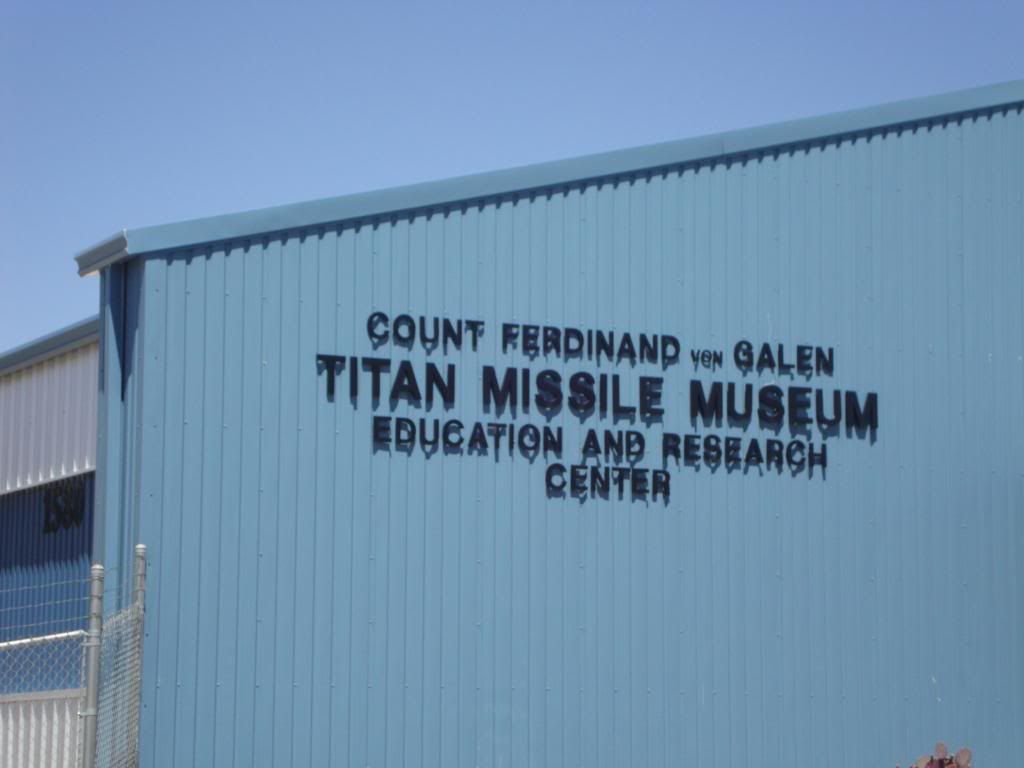
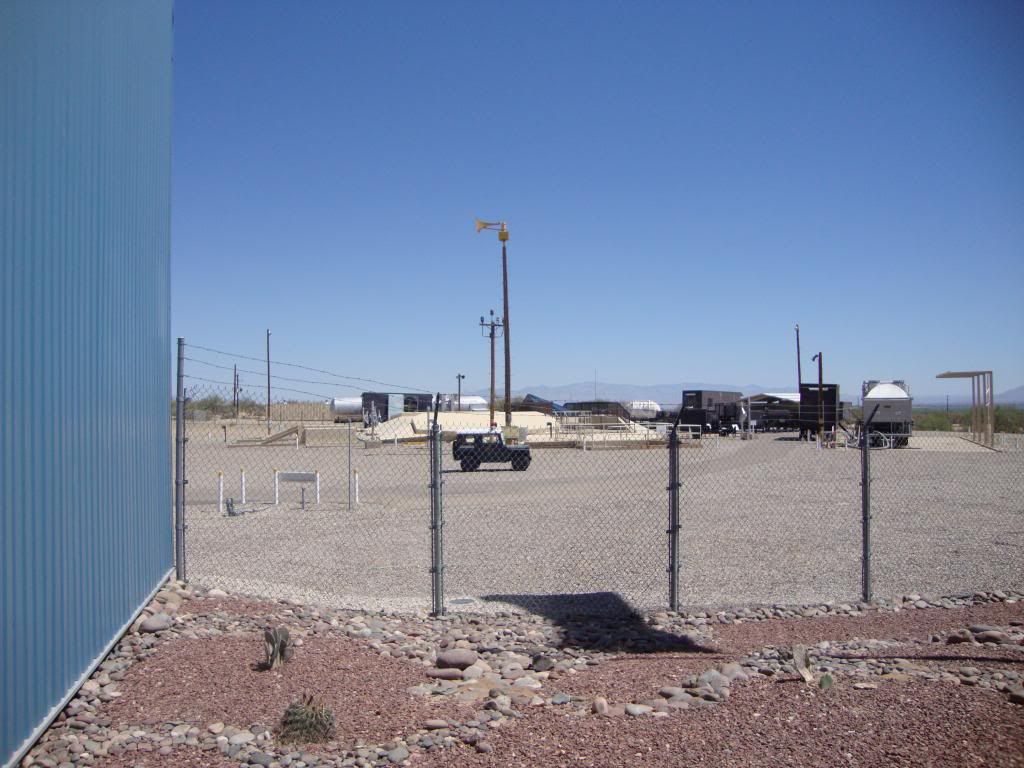
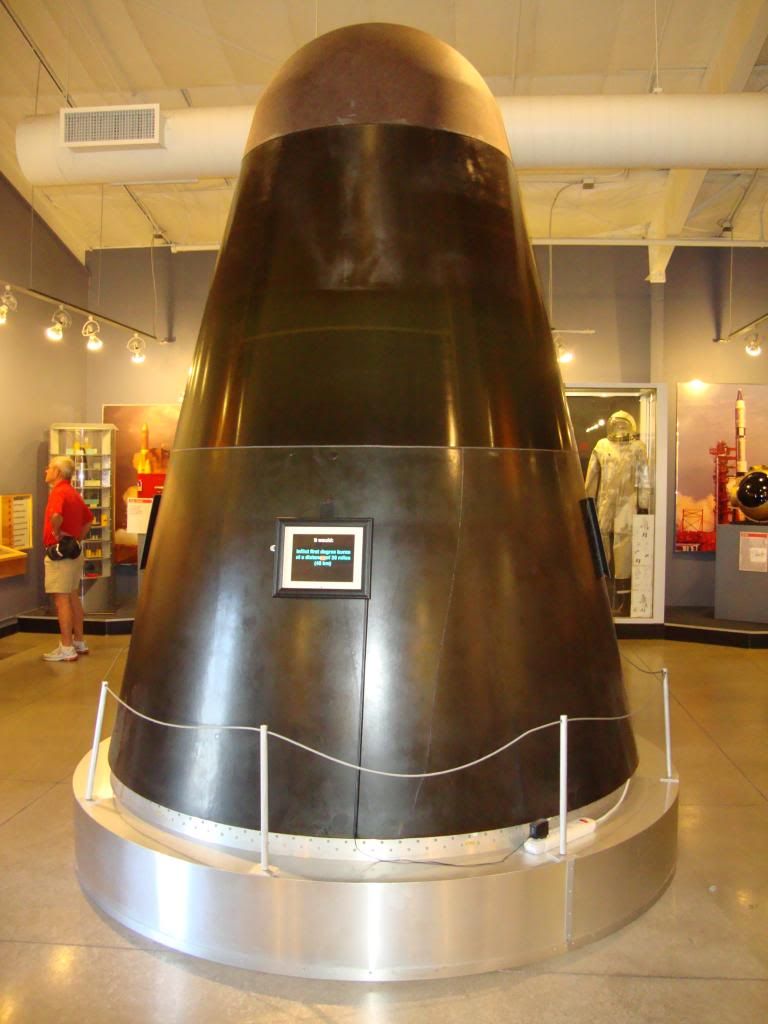
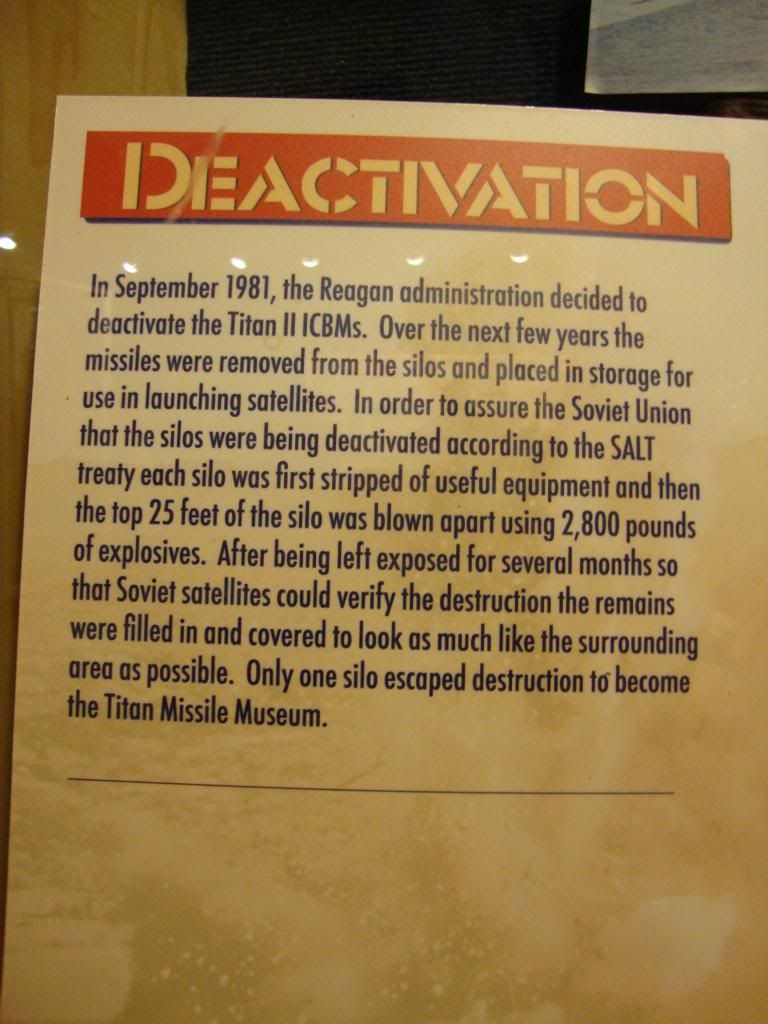
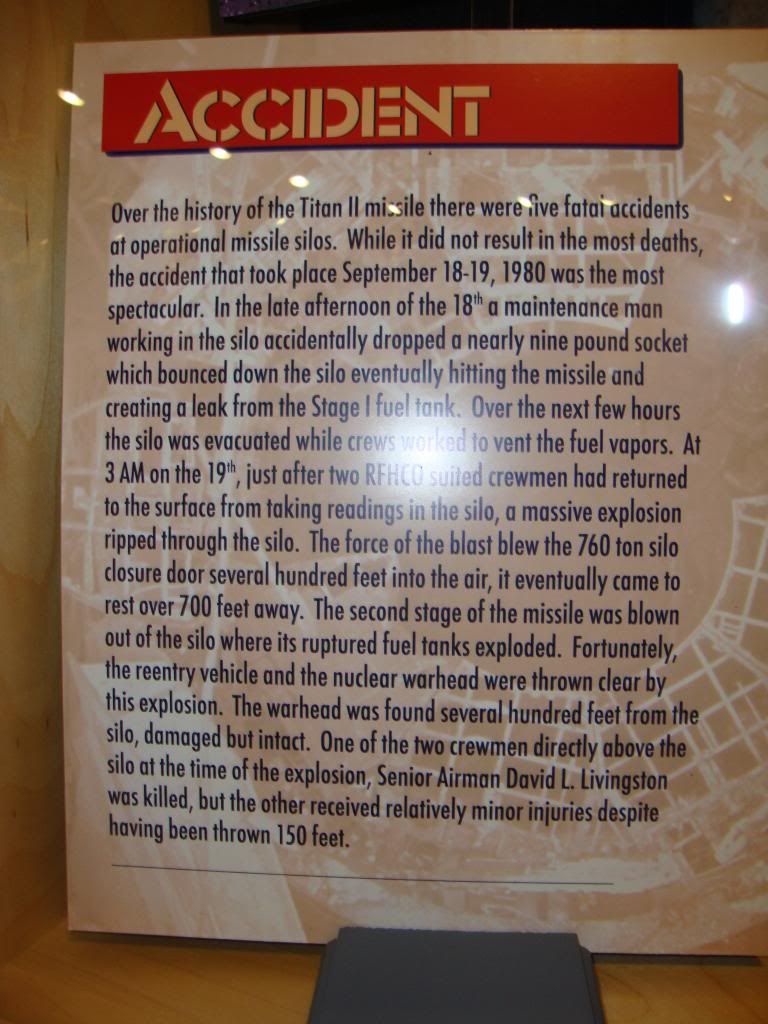
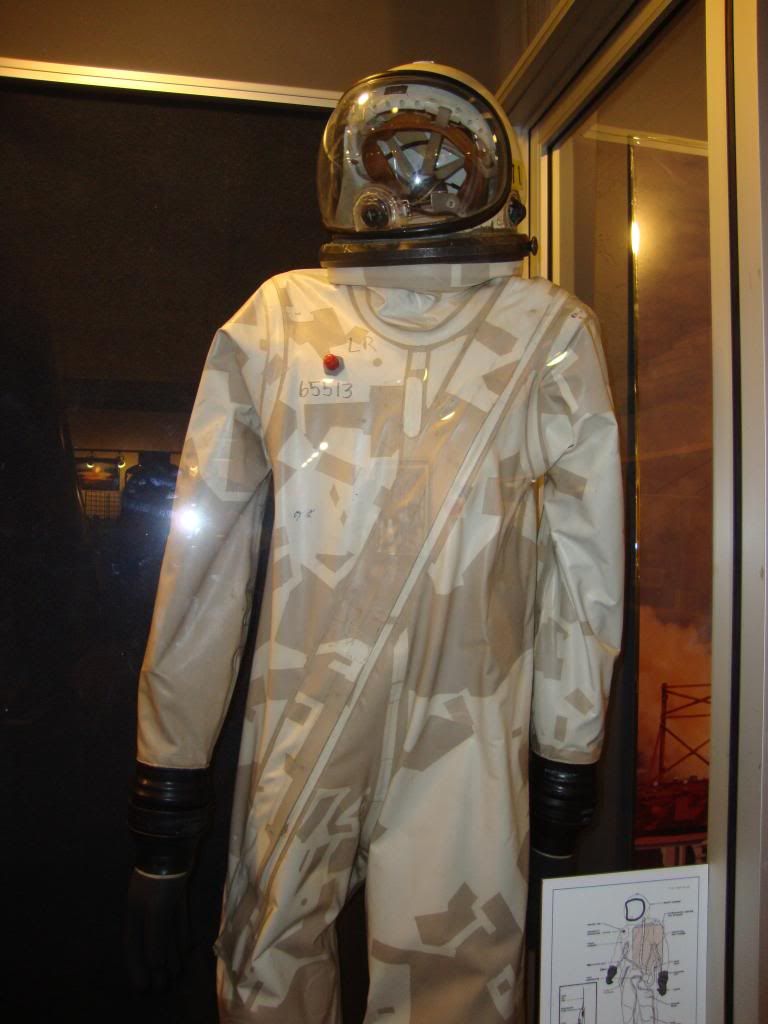
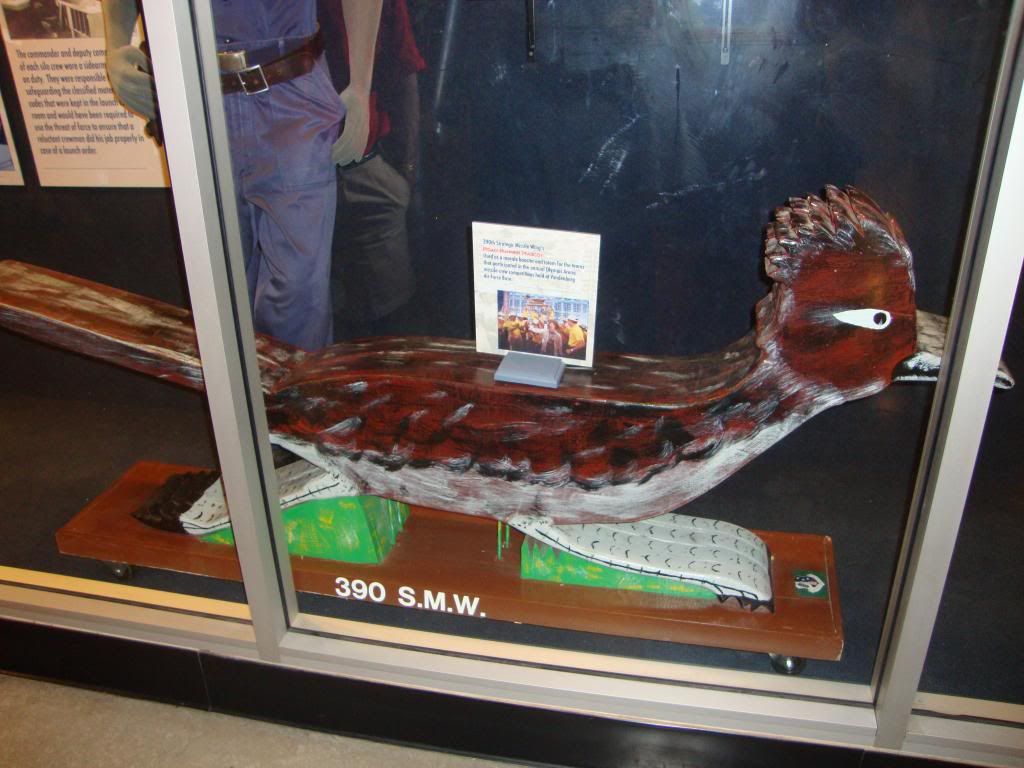
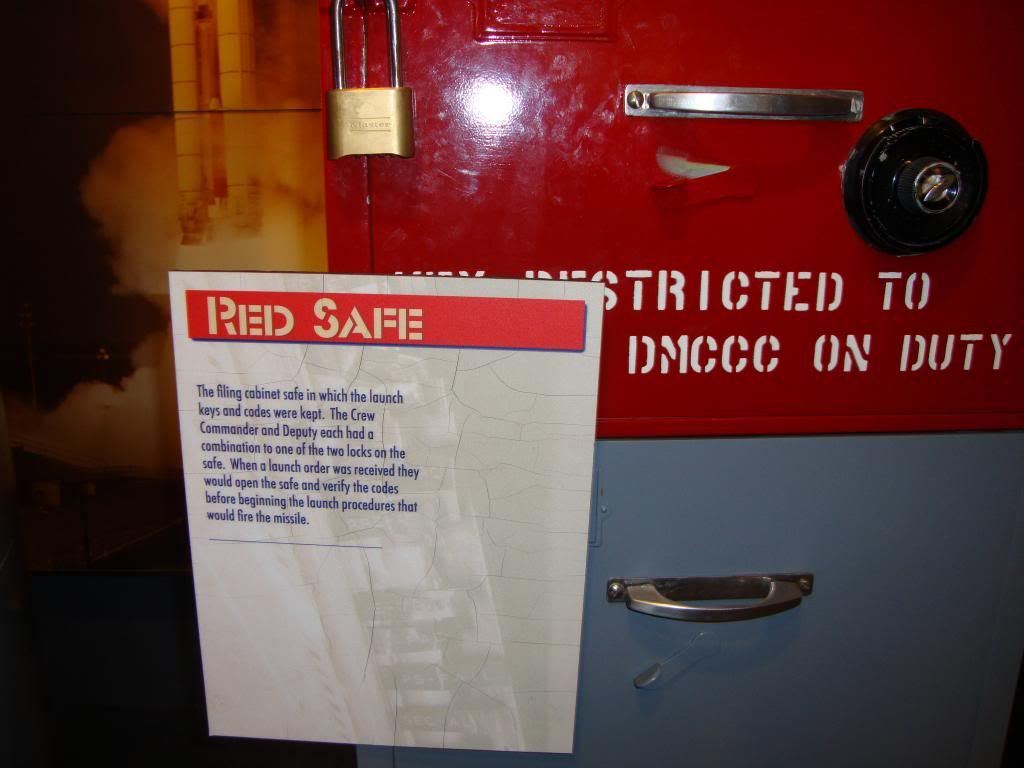
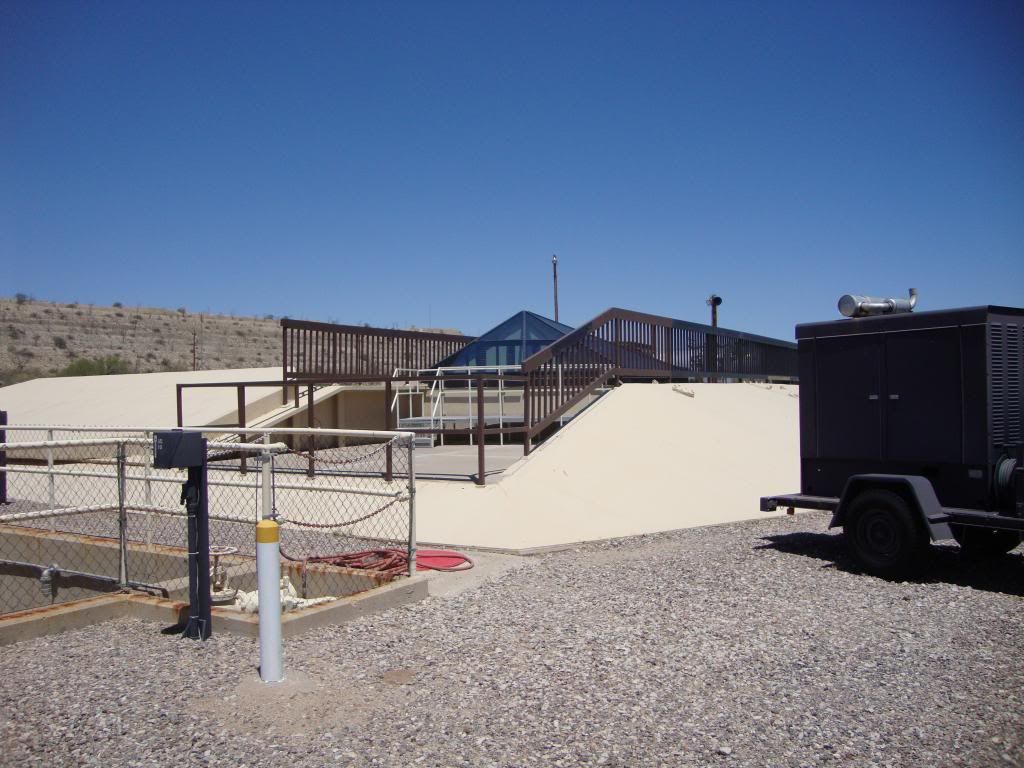
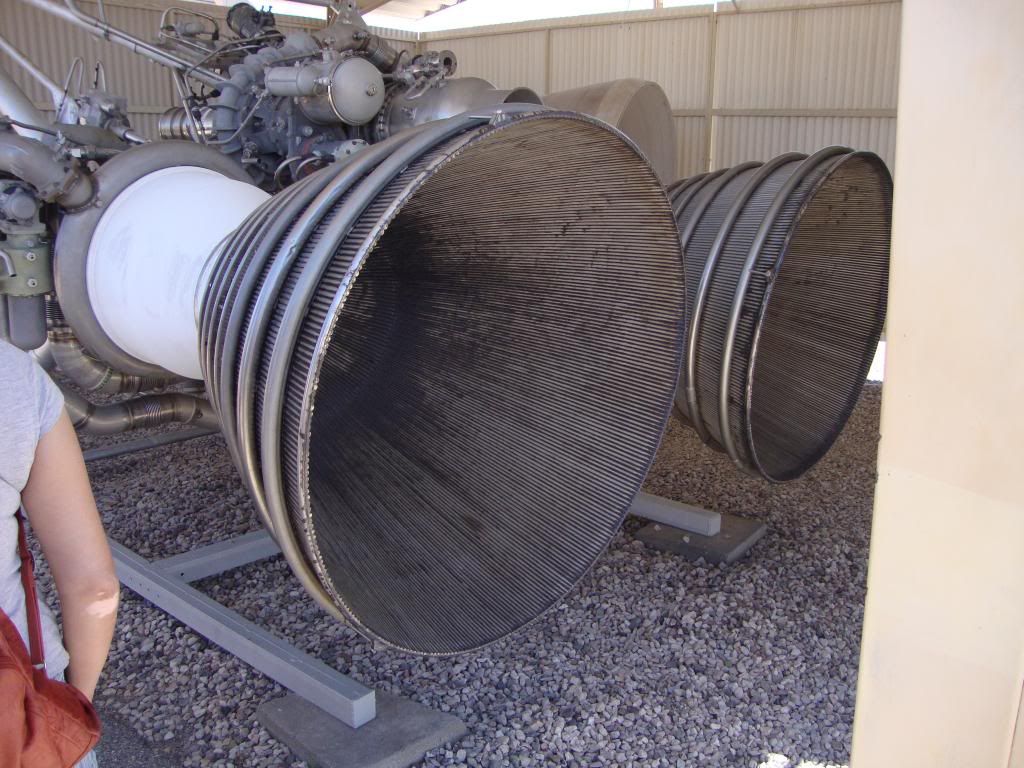
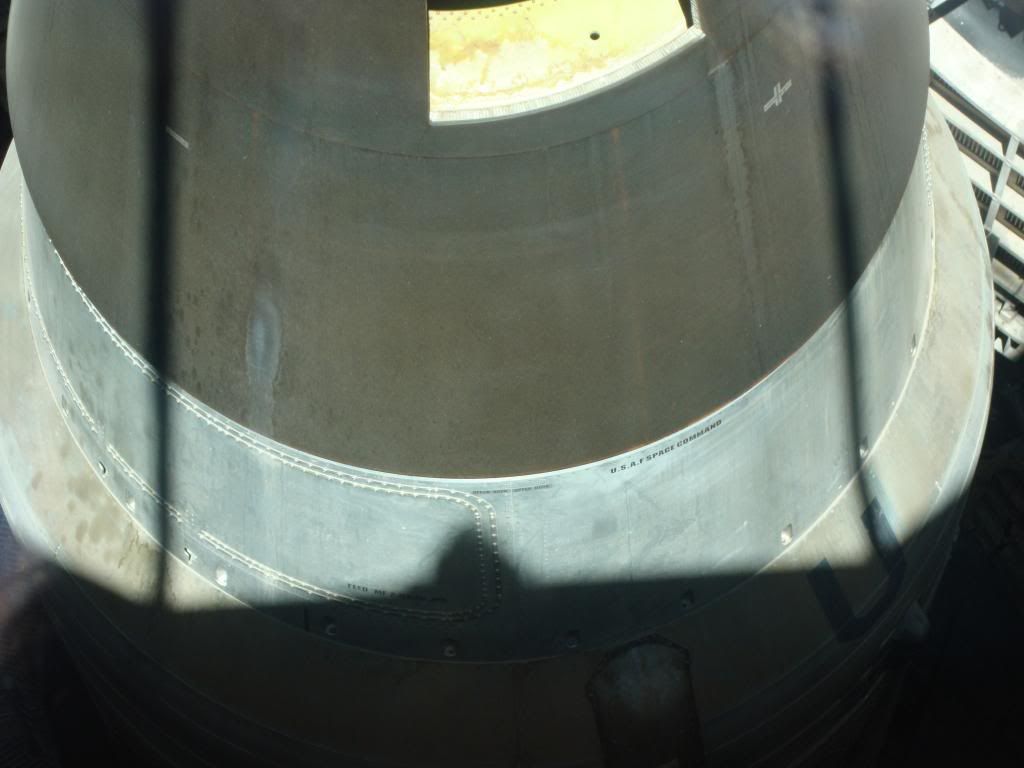
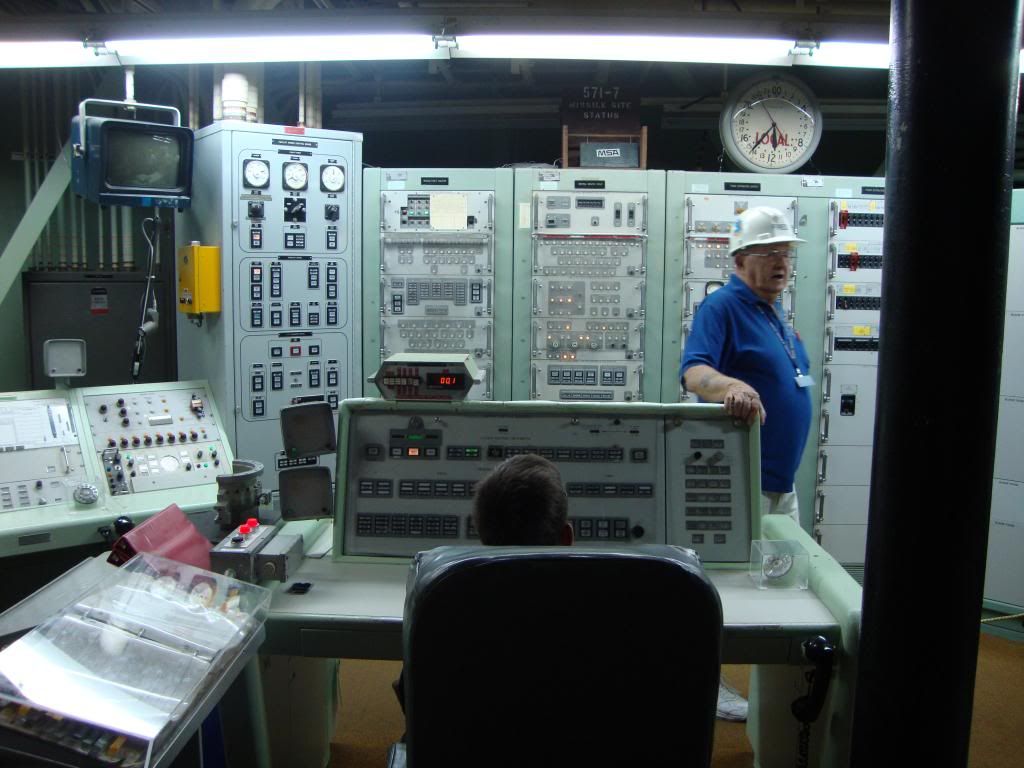
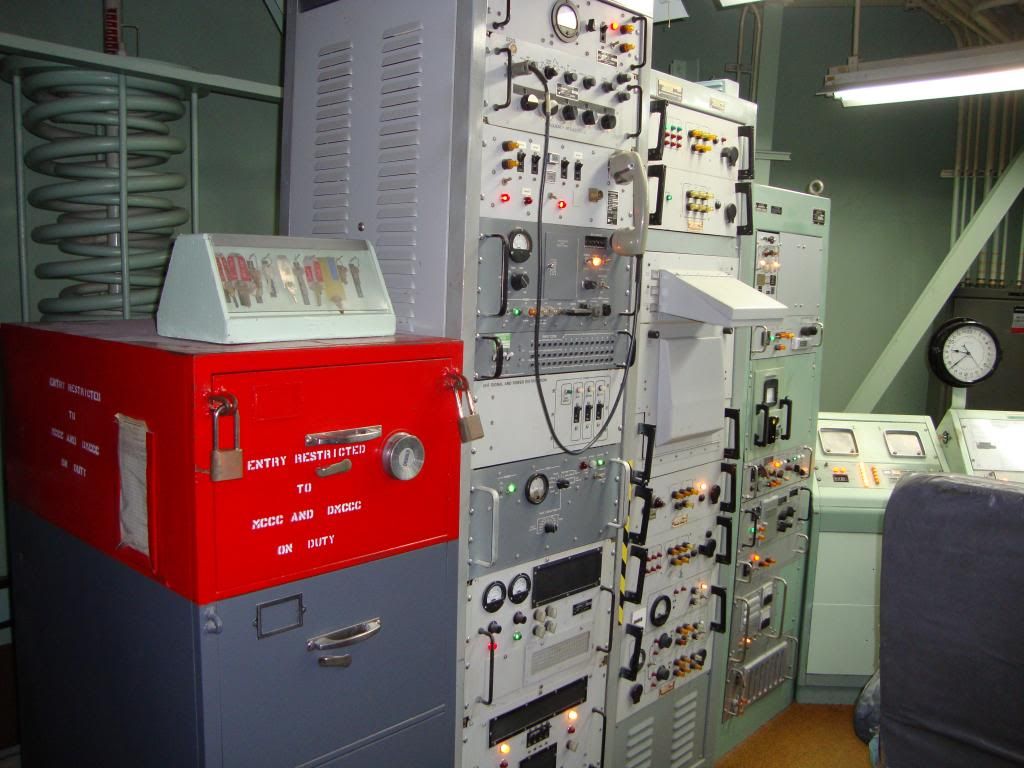
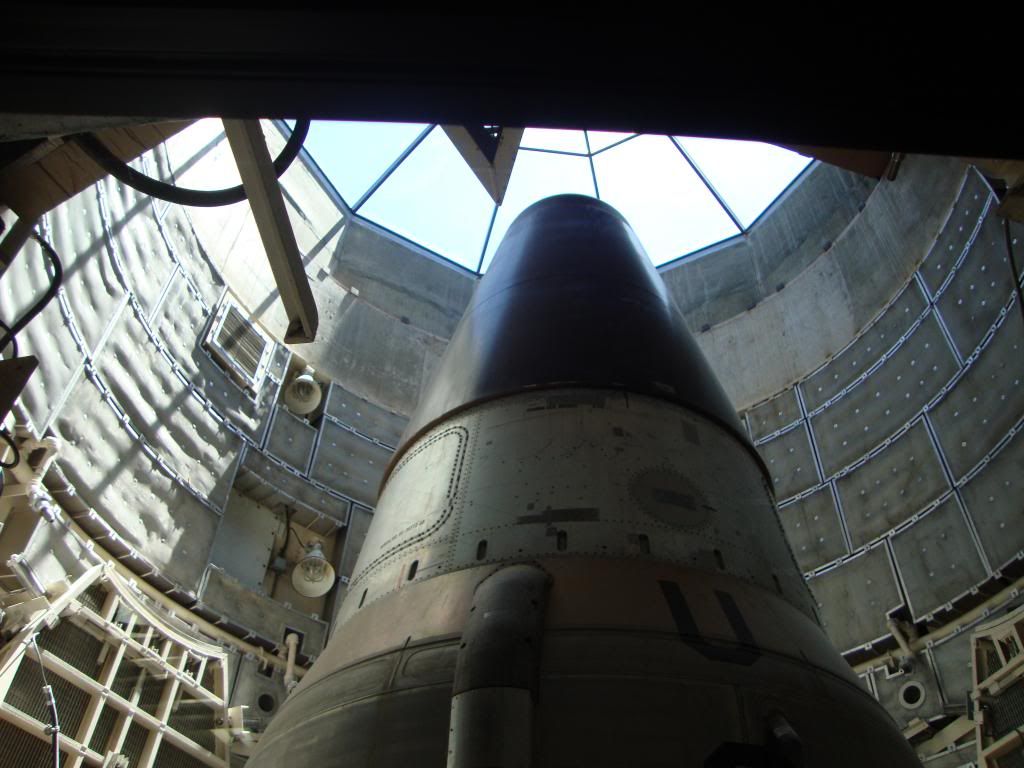
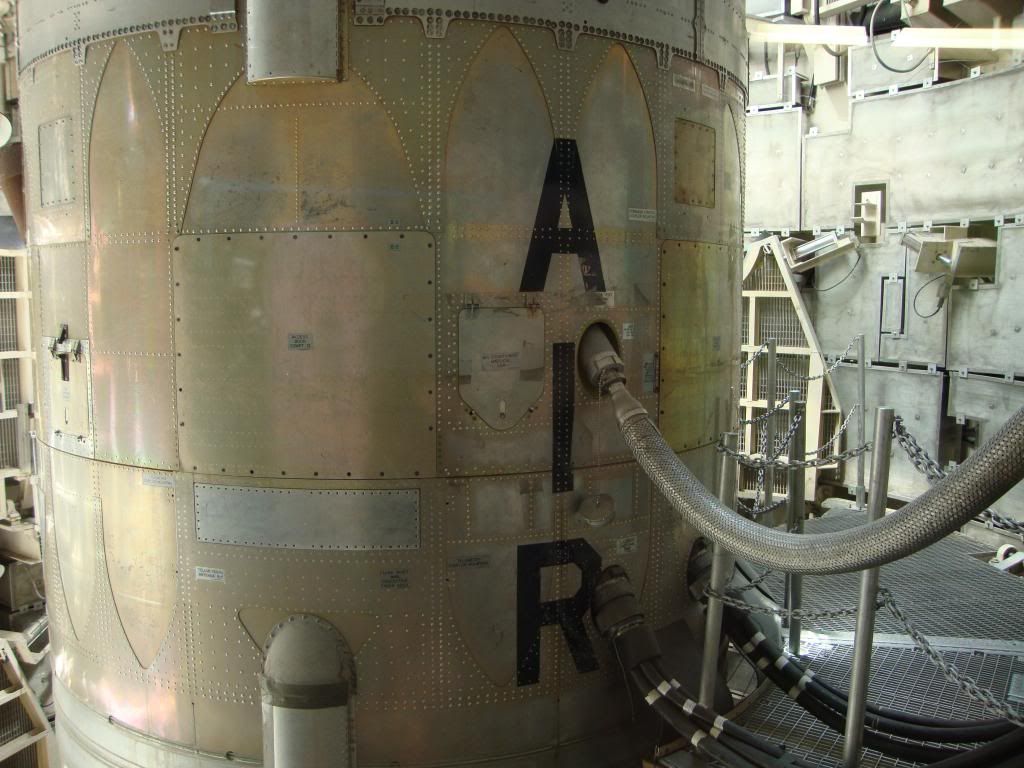
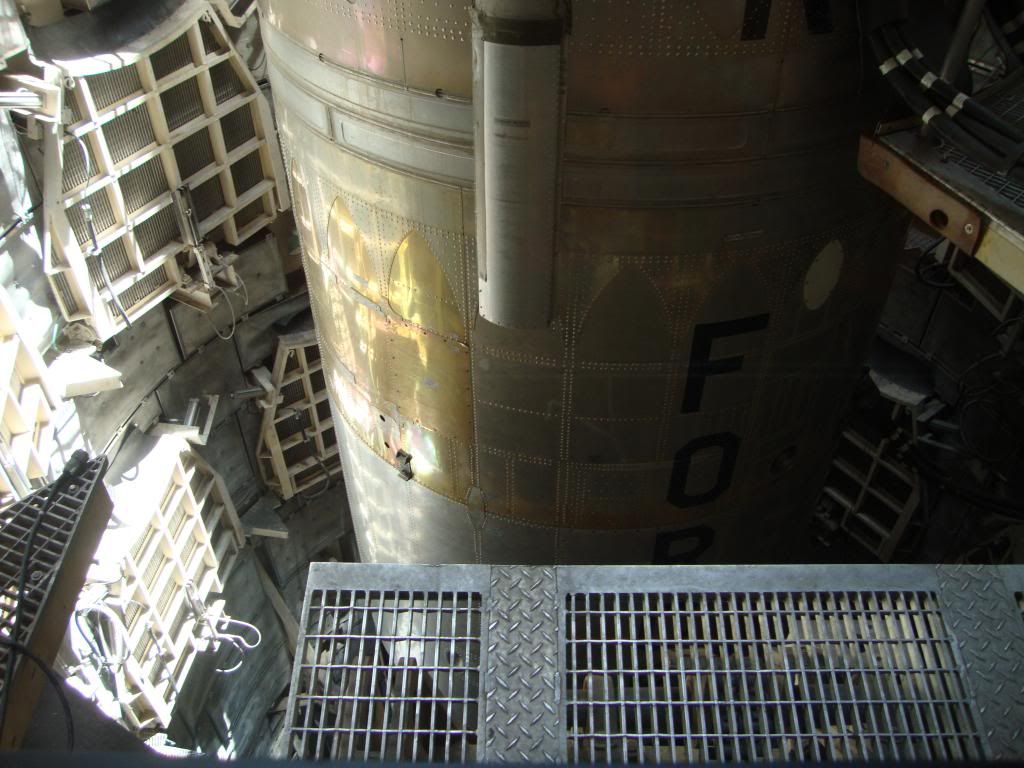
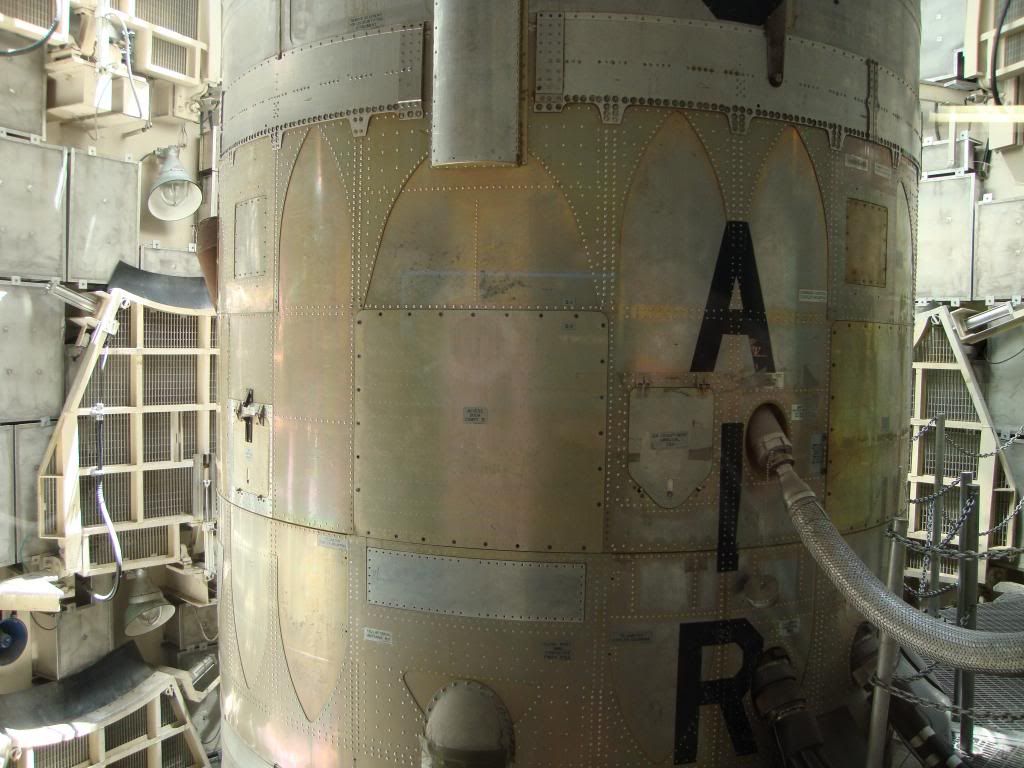
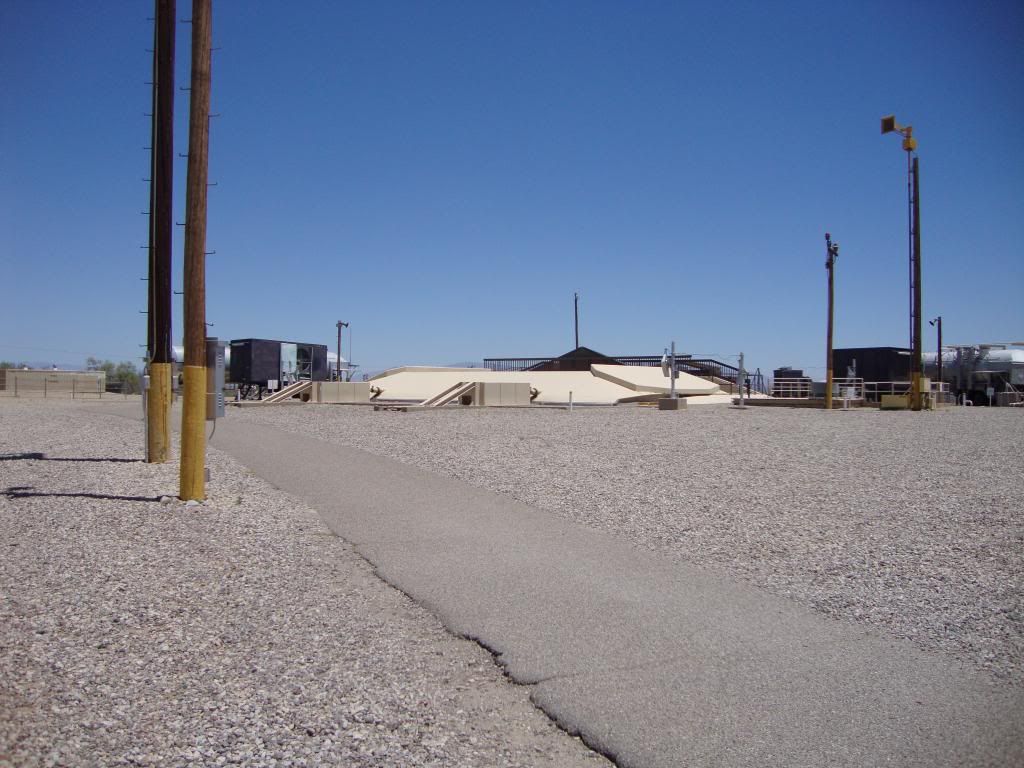
No comments:
Post a Comment